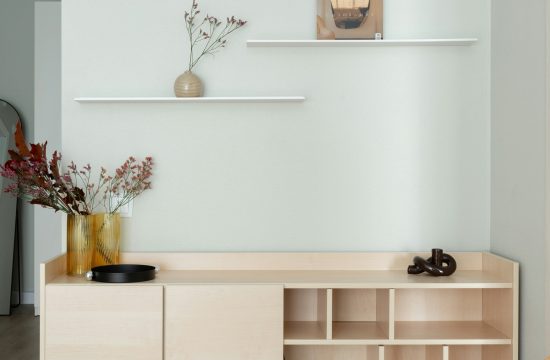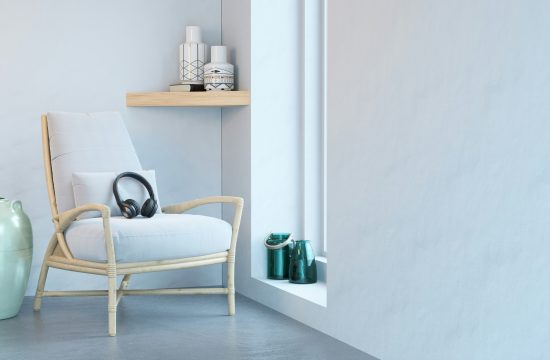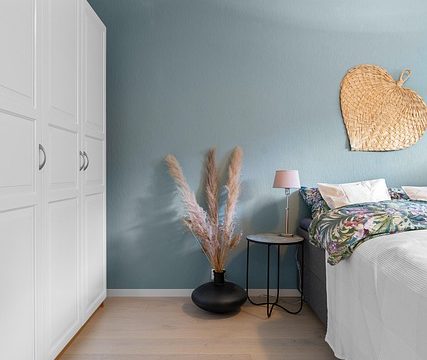Interactive furniture is one of the most fun furniture designs which aims to produce interactive, modular and dynamic furniture prototypes for children up to 10 years of age. Furniture for children must reflect their personality and must be more than just a functional entity for them. Furniture must have qualities that can stimulate the creativity and imagination of children.
Children’s furniture has improved aesthetically over the years. However, design and production methods do not think much from children’s perspective. Children’s furniture treated only as a category from the furniture catalog with static designs. Children’s furniture should be surreal and fun that can capture and express the child’s imagination. Children interact with the surrounding environment continuously and give their own meaning to the objects around them. Furniture should allow children to interact and play with them and be able to shape it based on their imagination. Kids find many uses and possibilities in objects that designers don’t even think of, which is why furniture designers have to be creative to give children space to interact with furniture. It may not just about color, shape, or built-in features. Furniture designers should try to give children space to imagine, explore and play with products.
There are not many interactive children’s furniture products on the market, but they are existing if we search actively. A rolling bed units over comfortable child-sized couches, for example, allows children to maximize play, study, and relaxation during the day, but shifts their interior space to sleep at night. Movable desks and beds on wheels allow each child to share a room to fit the space as they use it and to open up more space during the day by tucking one bed under another, adding fun and functionality to a small, simple space. There is still another design shift to accommodate additional storage space or conventional in-place shelves, beds and design elements.
Making interactive children’s furniture should increase all conducive factors such as comfort, ergonomics, durability, accessibility (disabled friendly) and visibility must also considered when designing furniture.
–sh












